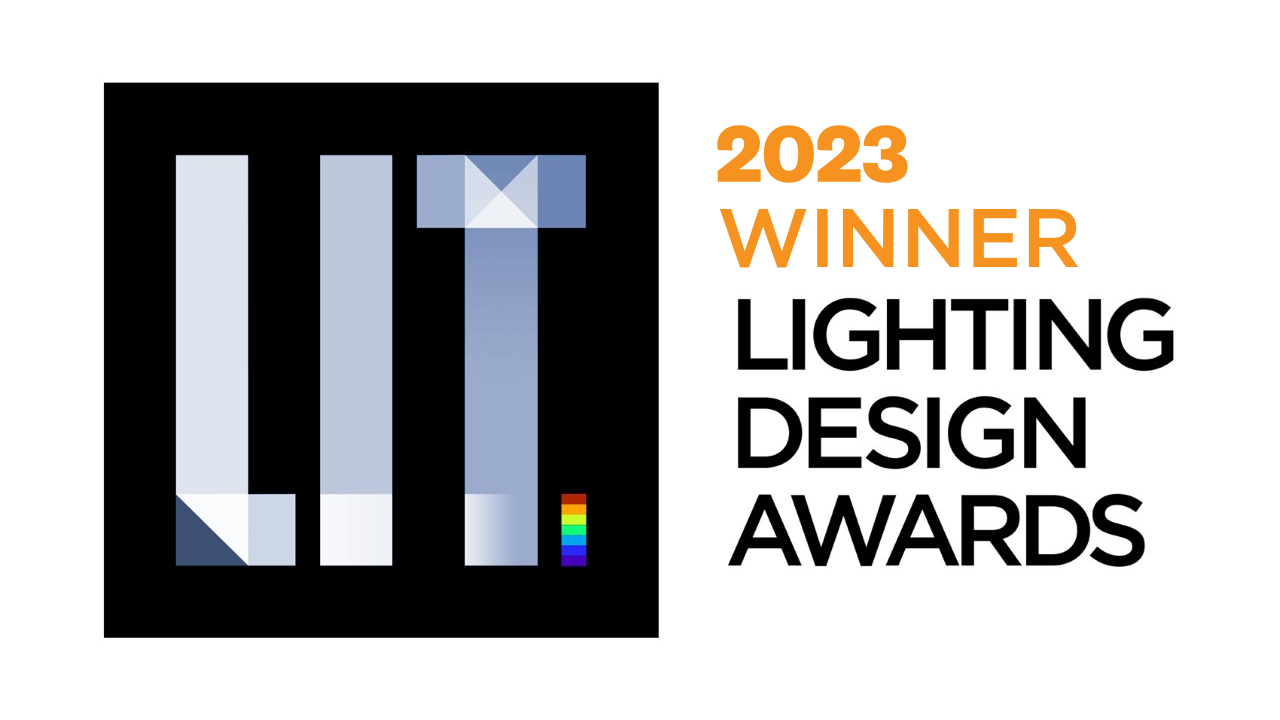Prize(s) Winners in Visitor Experience & Museum Exhibition
Lighting Design/Product Company Ingenieure Bamberger GmbH & Co. KG
Lead Designers Michael Bamberger
Other Designer's names Berenice Guzman
Client Alexander Tutsek-Stiftung
Photo Credits Michael Bamberger
Completion Date November 2021
Project Location Georg-Muche-Str. 4 80807 München
Entry DescriptionThe lighting concept developed for the exhibition space at the Alexander Tutsek Foundation involved uniform illumination of the floor and walls, with reflections reduced to a minimum and emphasis placed on flexibility. Besides glass objects, the foundation’s art collection mainly consists of photographic works, so safeguarding the highly sensitive paper was of the utmost importance. In lighting terms, each exhibit was to be given the same treatment.
The idea was to devise a solution that would combine the ventilation outlets and lighting in an integrated design, with elegant narrow ceiling rails generating a restful overhead effect. This would allow visitors to the exhibition to focus all their attention on the artworks.
The small linear luminaires recessed in the ceiling use “tunable white” technology and have a 42° direct beam angle, while the DALI track system allows the museum spotlights to be adjusted to the needs of each exhibition. The narrow ventilation outlets are positioned between these lighting modules, creating a unified visual effect. To satisfy conservation concerns and prevent cones of light appearing on the walls, the art is not exposed to direct lighting. The distances between the light module and the wall were precisely calculated so that the walls would be illuminated by light reflected from the floor with a minimum of scattered light from the luminaires.
Sustainability ApproachThe lighting is extremely compact, with a minimum of material used both for the luminaire fittings and for the ceiling construction. The luminaires are excellent in ecodesign terms: individual components can be easily exchanged, making the system both durable and sustainable. The high-quality luminaires also have a long service life and—coupled with the control system—guarantee a low level of electricity consumption. The requirement for bright boundary surfaces results in a total area-related output of 1.32 W/m²/100lx.
One of the ideas underlying the lighting concept was to create a minimal, low-key system with a high-quality design, ensuring long-lasting user satisfaction. The luminaires can be individually controlled and the spotlights adjusted to almost any position, allowing the lighting to be modified for each new exhibition and obviating the need for any modernization.


